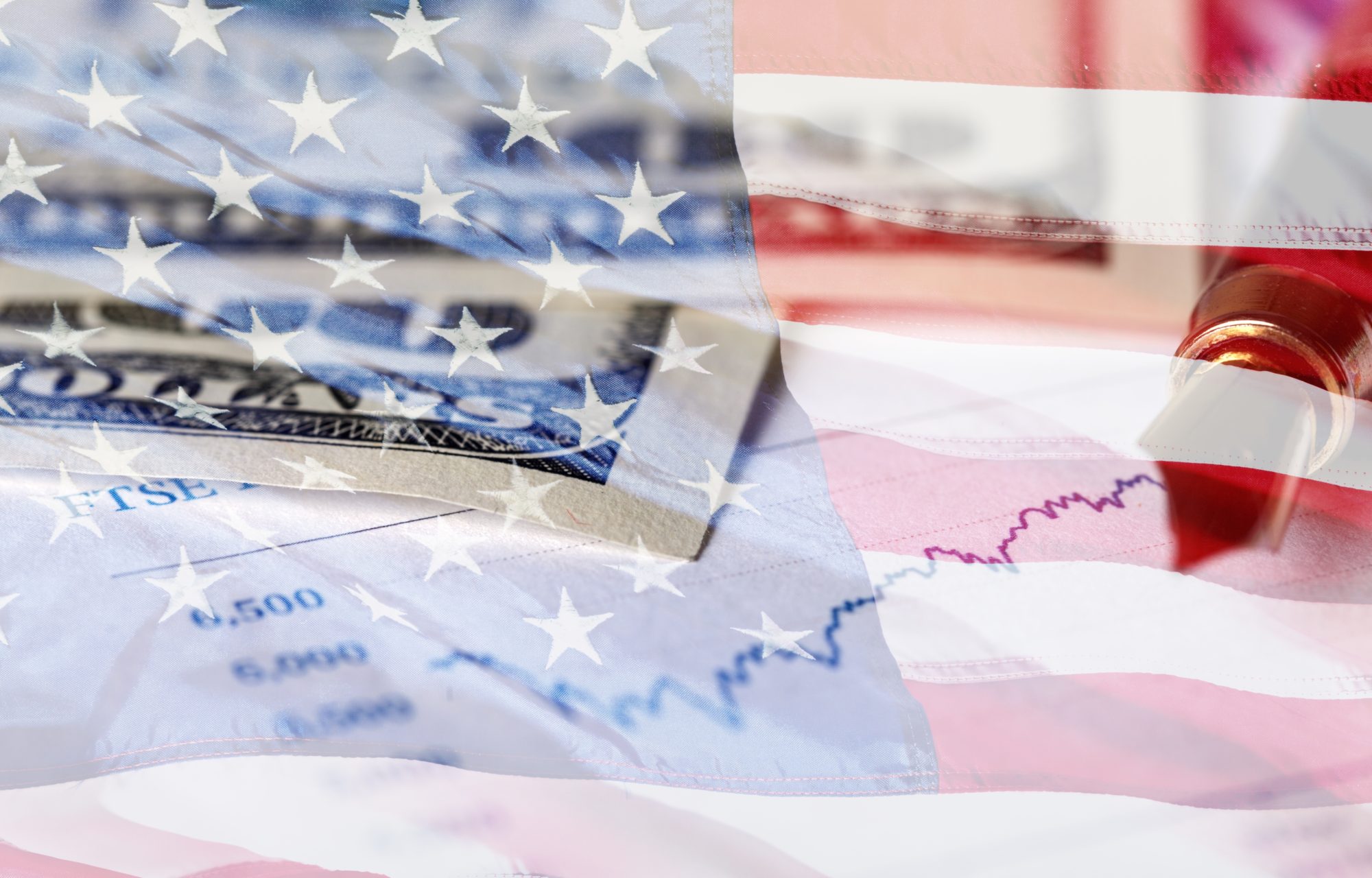NYIF: YCA2015.1.2x Understanding the Federal Reserve (FED)
(Source)
“What is the structure and purpose of the FED? How does its action impact not just the US economy, financial institutions, but individual investors and savers alike? Are you aware of the relationship between the federal government and the Federal Reserve (FED)? Are you familiar with the federal open market committee (FOMC) and know what distinguishes it from the FED. This is the course for you!
The Federal Reserve is more than a 100 years old today and is the central banking system of the United States. As an institution, the FED’s decisions and policies impact our economy and our lives every single day.
With Europe and other countries now imitating and initiating Quantitative Easing measures that the US Fed has ALREADY implemented, the FED’s impact and influence are truly global is nature.
By the end of this course, you should:
Recognize the role and structure of the Federal Reserve (FED).
Recognize the role and structure of the Federal Open Market Committee (FOMC).
Define interest rate terminology:
FED Fund Rate
Discount Rate (Window)
London Interbank Offered Rate (LIBOR)
Identify the economic initiatives undertaken by the FED:
Troubled Asset Relief Program (TARP)
Quantitative Easing I, II, and III
Recognize how the FED controls, owns, and manipulates the short end of the Yield Curve.
Get familiarized with the product called Repurchase Agreement (Repo) and Reverse Repo.
Recognize the process by which the Federal Reserve facilitates the fine-tuning of cash in the market using Repurchase Agreement (Repo).
What you’ll learn:
Role and structure of the Federal Reserve and the Federal Open Market Committee (FOMC).
An understanding of how the Federal Reserve (FED). intercedes into the market
Introduction to Repurchase Agreement (Repo)
Relationship between the Federal Reserve (FED) and Repurchase Agreement (Repo).“
Summaries
Section 1: Understanding the Federal Reserve (FED)
Section 2: Understand how the Fed Intercedes the Market
Section 3: What has the Fed done?
Section 4: Understanding Repurchase Agreements
Section 5: Relationship between the Fed and Repo
Conclusion


